While material costs may remain elevated because of growing energy costs, increased production costs are now less likely to be successfully passed through the supply chain, says the firm in its latest tender price forecast.
T&T said push-back from contractors had been seen in the face of recent British Steel hikes, with increased pricing not sticking as demand softened and fabricators were not willing to pay the proposed premium.
The cost consultant warned the coming months would likely see more clients pause, defer or scale back their projects amid growing scrutiny of cost savings before deciding to proceed.
Martin Sudweeks, UK managing director of Cost Management, said the pressure was now on construction supply chains to rise to the challenge of driving further efficiencies to keep costs in check or the industry could be pushed into reining in the advances it has made on net-zero targets.
T&T cost experts still expect building tender price inflation to increase by 9% this year – 0.3 percentage points higher than its Summer 2022 forecast.
Despite much of 2022’s inflationary uplift in the first half of the year, it warned inflationary pressure is still being felt as the industry approaches the end of the year.
But moving into 2023, tender price inflation is likely to be more moderate, dropping to 3.5% for building, and 4.5% for infrastructure.
This will be driven by weakening demand, supply chain recalibration and fiscal policy alterations.
Sudweeks said: “Given that the most modern, energy-efficient technology and materials are rarely the cheapest, there’s a danger that a desire to cut costs now may lead the construction industry – and its clients – to rein in their sustainability ambitions.
“Preventing this will require rational, whole-life decision-making and the sector coming together to drive the efficiencies needed to keep its net-zero agenda on track.
“We can make construction processes and procurement more sustainable while keeping costs in check with the right blend of expertise and technology.
“It is about turbocharging productivity and allowing decision-makers to strike the right balance between short-term costs and long-term economic and social value.”
He said that given the current squeeze on the sector, businesses should use the correct blend of tools and techniques to boost productivity levels while enduring environmental priorities.
These include sustainable procurement, lean structures and processes, a digital-first approach across the supply chain, measuring embodied carbon alongside construction cost, and operating a programmatic approach.





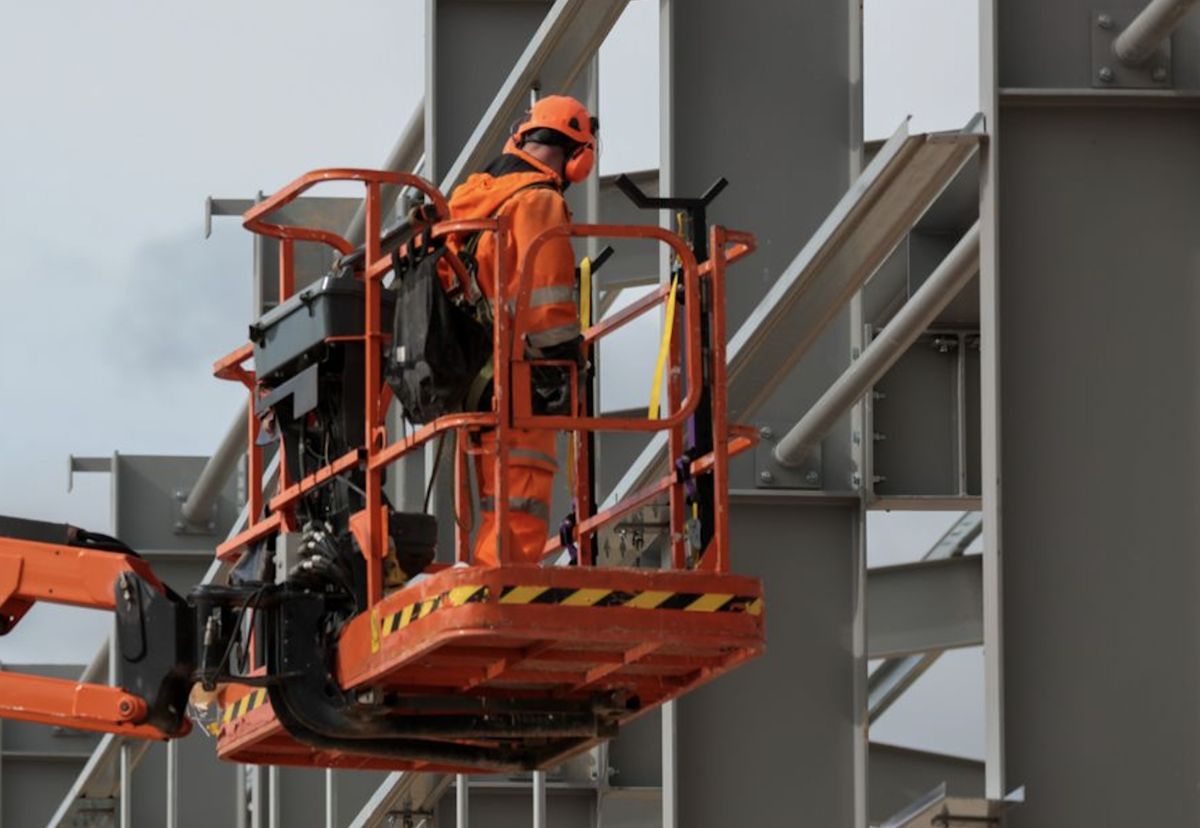


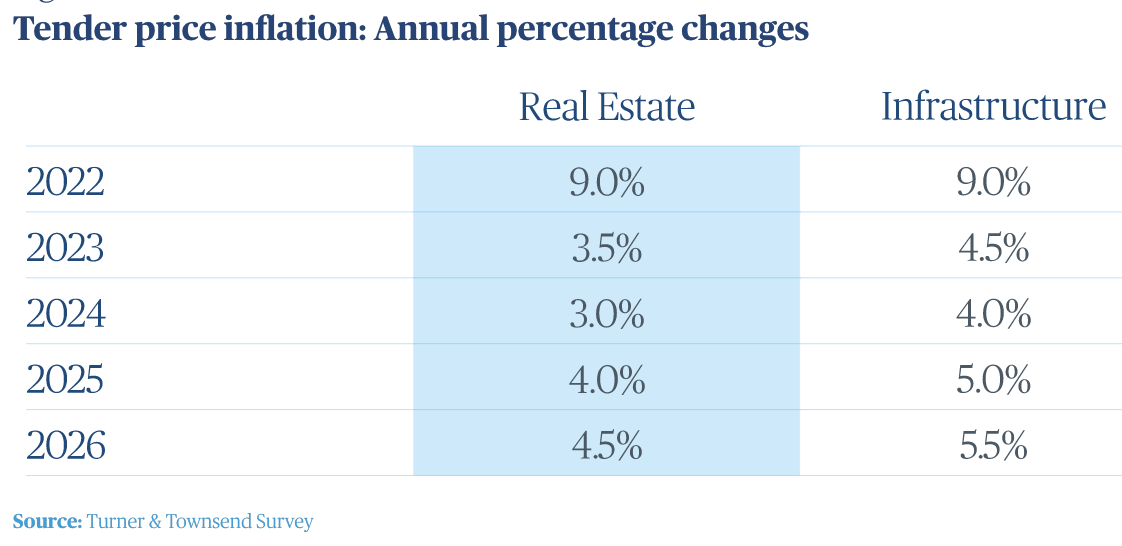





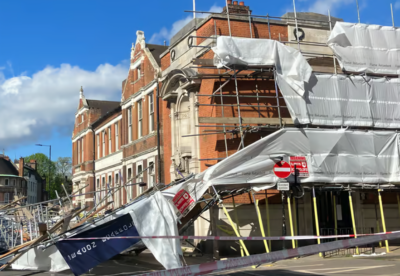
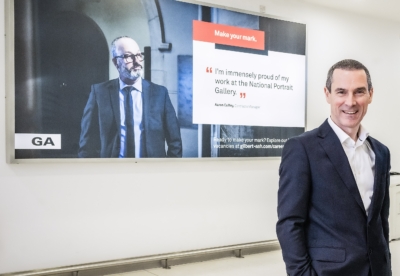
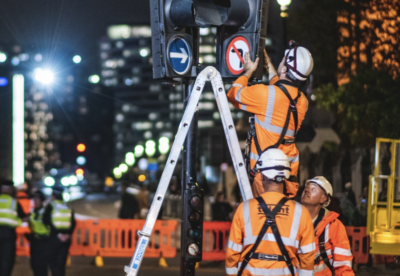




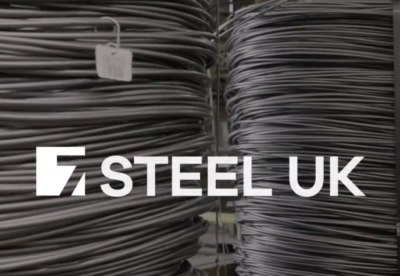




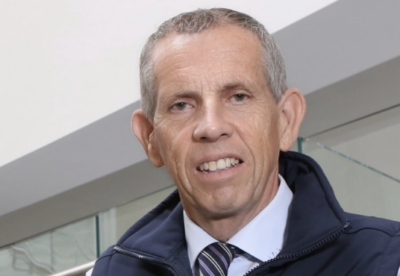
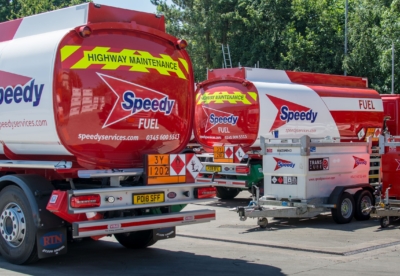


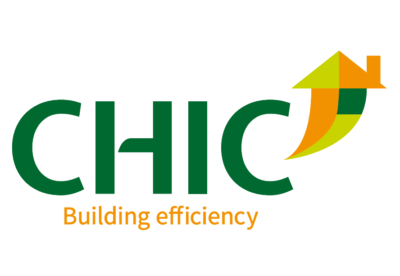


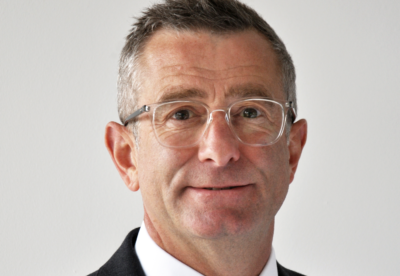

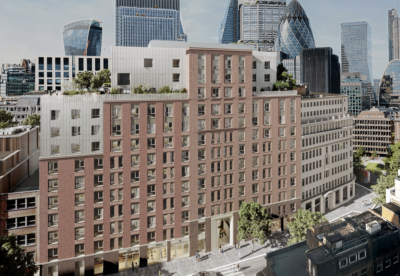

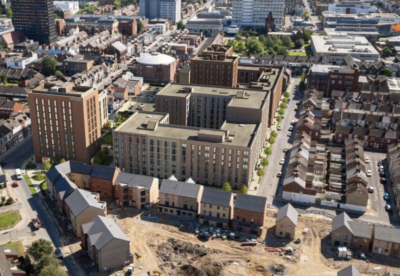
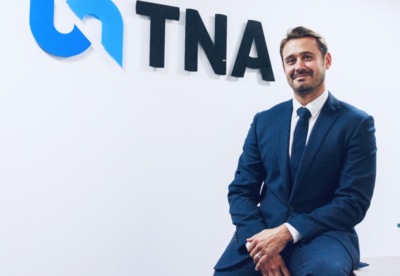
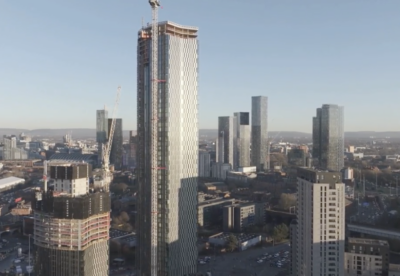

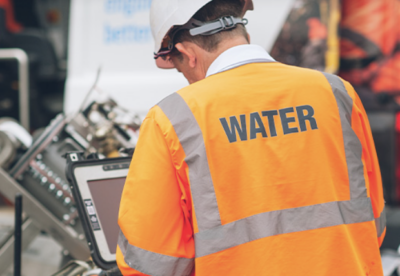
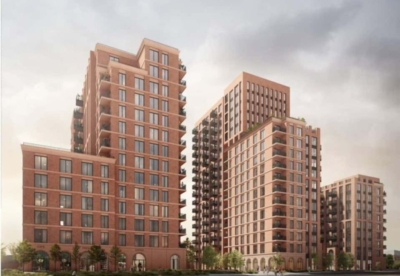
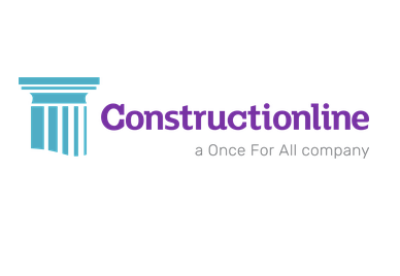
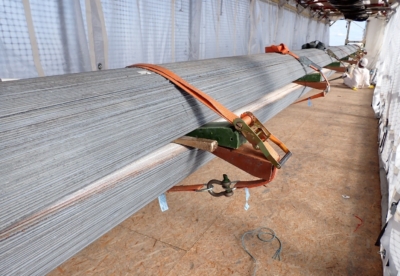
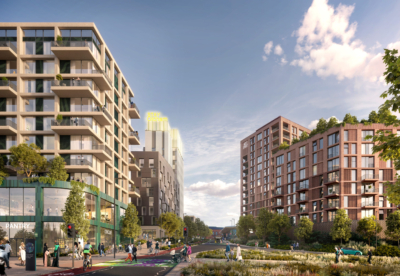
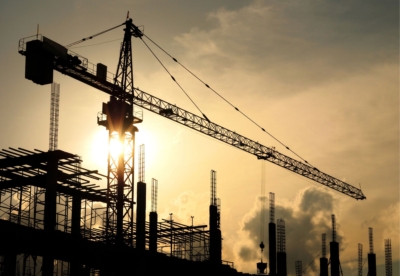


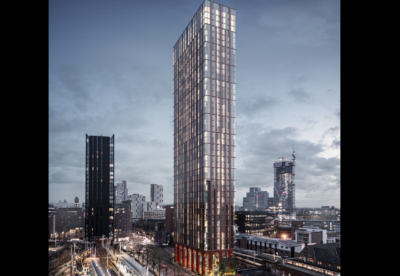
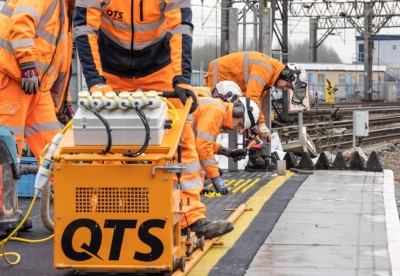



 (300 x 250 px).jpg)


